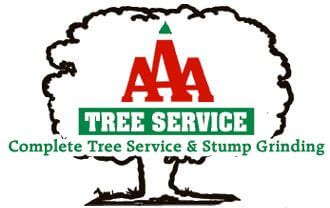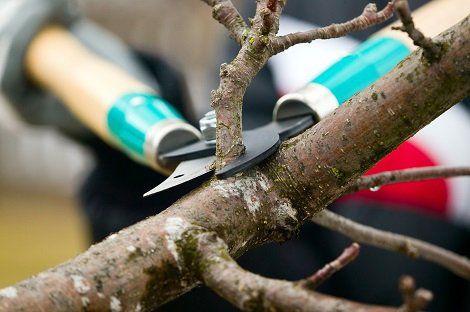CALL US TODAY!
Common Tree Diseases
Diseases have a negative implication for trees because they may reduce the productivity of the tree or kill it. But do not panic if you notice the signs of disease on the leaves or barks of your trees. The best course of action would be to diagnose the pest or disease that plagues your tree and treat it.
Below is a guide to some of the common tree diseases you are likely to encounter and how to control them.
Anthracnose Disease
Anthracnose is a disease from a group of fungi that attacks parts of a tree including flowers, fruits, leaves, and twigs. This disease is in a wide variety of species in North America but is more prevalent in flowering dogwood and sycamore.
The symptoms of anthracnose vary by the host species and specific pathogen. In many cases, this disease causes premature falling of leaves and leaf blight that results in witches' blooming. Furthermore, parts of the tree that are above ground may be affected, resulting in branch dieback, defoliation, and tree death.
Ideally, apply fungicides to the leaves two weeks before the buds break. You can also inject the trunk with systematic fungicide. If you have dogwood, continue fungicide application throughout the growing season.
Pine Needle Diseases
This group of diseases includes needle rusts, casts, and blights. Needle rusts grow on the needle's surface and do not really cause harm to the needle. On the other hand, needle casts and blight grow inside the needle and cause the needles to shed or die.
The treatment of these diseases is based on the type of disease and the species the disease attacks. Thankfully, these diseases are just unsightly and do not pose a threat to your trees in the long term and may not need treatment. However, for trees that are for ornamental purposes such as Christmas trees, needle diseases may reduce merchantability, so you may need to consider treatment.
Cedar Rust
Cedar rusts commonly occur in species such as crab apple and hawthorn and several hardwood species. Cedar rust is characterized by yellow spots on the leaf's top surface. On closer inspection, you may notice small bumps with powdery spores. You are likely to notice this disease in mid to late August.
Cedar rust results in early defoliation. The fungi that cause rust will need a second host in its lifecycle. This disease is manageable with fungicide application during bud break or when the spores develop on junipers. You can also prune out rust galls on junipers when you notice them.
Armillaria Root Rot
Armillaria root rot attacks both softwood and hardwood species. One of the common signs of armillaria is browning needles and yellow leaves. The result of this disease is softening of wood that eventually becomes white and dies. In case the tree does not die, it significantly weakens and is predisposed to attacks by other diseases and even insects.
To control armillaria, cut out and burn diseased parts and paint the cuts with plastic paint. Leave the roots and crown uncovered, and avoid soil replacement during cultivation, as this exposure to air kills armillaria.
Witches' Broom
Witches' broom is characterized by weird-looking clusters of growth around parts such as the lateral buds on branches. These growths resemble a broom, hence the name witches' broom. The broom disease can pop up all around the tree and can destroy it in some cases.
Your tree will especially be susceptible to this disease when it has an injury or been pruned. To control the disease, prune and destroy the brooms and then spray the affected tree with a fungicide either in the fall or early spring.
If you need an experienced tree company to help you control a tree disease that has affected your trees or have a tree service project idea, AAA Tree Service is your go-to arborist. Get in touch with us today.
Browse Our Website
Contact Information
Phone: (916) 383-7413 | 916-925-0328
Address: 8511 Elwyn Avenue Elverta, CA 95626
State Contractors License # 861149
County Contractors License # 321511
City Contractors License # 141468
Special Contractors License # 609581


